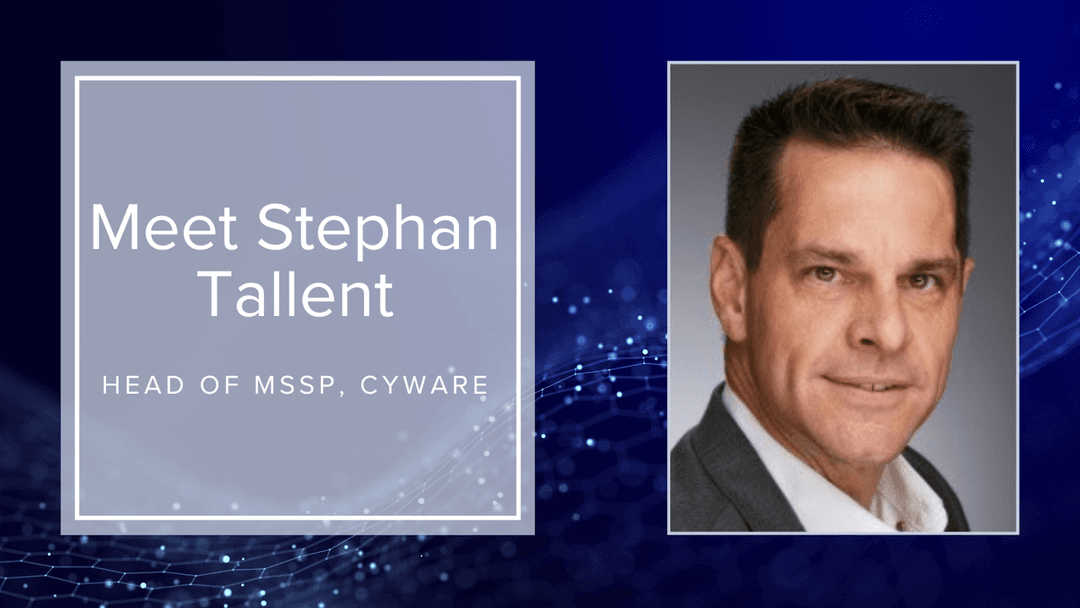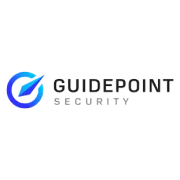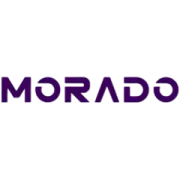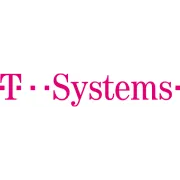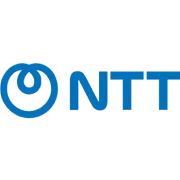The Cyber Threat Intelligence Challenge
MSSPs face significant challenges in a fragmented threat landscape, including a reliance on manual processes, and a limited capacity to proactively manage and respond to threats across diverse client environments.
How Cyware Enables MSSPs with Intelligence-Led Security
Empower your MSSP services with a unified platform that automates the threat intelligence lifecycle, from ingestion and enrichment to sharing and response. Strengthen client protection and differentiate your services with proactive, intelligence-led security.
MSSP Customer Success Story
Learn how a leading global MSSP transformed security operations with Cyware.
A leading global MSSP faced challenges with manual incident management and lack of centralized orchestration. By deploying Cyware solutions, it automated and operationalized threat intelligence, achieving measurable performance gains, cost savings, and enhanced security for its diverse clients through a more cohesive operation.
How Cyware Enables MSSPs with a Threat-Intel-Driven Program
Leading MSSPs use Cyware to automate the threat intelligence lifecycle for proactive defense.
Automated Threat Intelligence Enrichment
Automatically enrich alerts and incidents from SIEMs, EDR/XDR, and other sources with context like reputation scores, threat actor associations, and geolocation. This speeds up triage, reduces false positives, and eases analyst fatigue.
Proactive Threat Hunting Across Environments
Shift from reactive to proactive by using curated intelligence for automated hunts across client environments. Run IOC sweeps in SIEMs and endpoint checks in EDR/XDR to uncover hidden threats early and show greater diligence to clients.
Threat Intel-Based Automated Defense and Blocking
Operationalize intelligence by pushing high-confidence IOCs to blocklists and firewalls, and use threat data to prioritize vulnerability mitigation. This keeps client defenses adaptive, current, and resilient against emerging threats.
Cross-Client Threat Intelligence Sharing
Leverage multi-tenancy to share insights from one client across all others in real-time. Clients gain collective protection that multiplies the value of your MSSP services and strengthens long-term trust. It turns individual defenses into a unified security network.
Cyware helps MSSPs overcome the challenge of a fragmented threat detection and response environment. Without a centralized threat intelligence platform, alerts are investigated in isolation, forcing analysts to manually gather context from various sources. This creates silos, slows down response, and limits the ability to proactively anticipate attacks across clients.
Explore All Our Offerings
Learn how Cyware is your go-to platform to unify, operationalize, respond to, and securely share threat intelligence.



